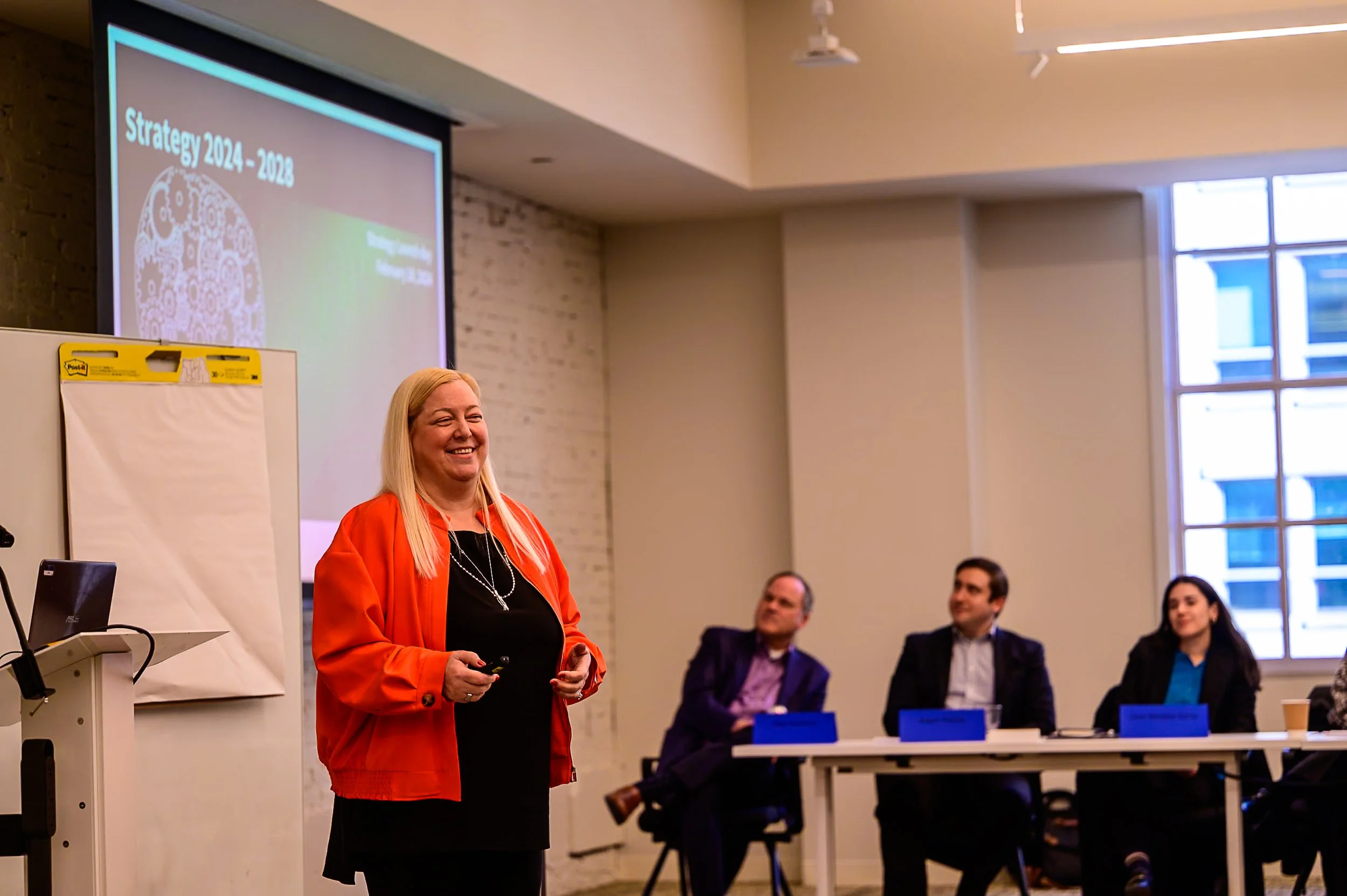
The Future Is Hybrid: Keeping the Mission Front and Center
Government and private sector organizations alike face a daunting challenge when considering how to adapt to long-term hybrid work environments in the post-pandemic world. A hybrid environment, with a mix of remote and in-person work arrangements, introduces ambiguity and complexity, and presents opportunities to organizations. The key to a compelling, effective, and sustainable approach to hybrid work is to avoid the temptation for one-size-fits-all solutions and to instead focus on tailoring an approach that puts your workforce in a position to succeed at meeting your unique organizational mission.
Approaches vary for every organization but are more difficult in large organizations. So, leaders need to focus on clearly communicating their mission and objectives and the implications for the workforce, the workplace, and the work itself. Developing and implementing truly mission-centered approaches to hybrid work can be a game changer.
Any organization’s mission has natural implications for how it needs to operate to perform well. Consider a few examples:
An organization with a law enforcement and security mission deals with a large volume of sensitive information, which requires consistent access to IT systems and workspaces that enable employees to do so securely
An organization with an emergency response function needs the ability to quickly engage with a complex and shifting array of stakeholders (often with varied access to communication tools and diverse procedures) and to maintain clear lines of communication and coordination with employees on the ground
An organization that provides services directly to the public needs to consider why, when, where, and how its customers need support and how to tailor its approach to their needs
Each of those missions and corresponding operating environments mean different things for what the organization needs to excel in a hybrid work environment: which employees should work remotely and when, which employees need physical access to specialized facilities or equipment, which technologies and tools for collaboration are most useful, and which structures and processes leaders need to manage to coordinate with their teams. These are all factors that may vary tremendously based on an organization’s mission.
At the same time, a clear sense of a shared mission and strategic direction can be a powerful anchor to align the efforts of employees who may be more widely dispersed than in the past. Organizing communications, culture, and onboarding practices around instilling an understanding of and personal sense of ownership over the mission is important when employees spend less time at the office. Doing so can also encourage bottom-up innovation, where frontline employees and teams develop and share creative new ways of working together that fit the unique needs of their organization.
Every organization must become more comfortable with ambiguity, clear communication, and rapid adaptation to succeed in the world of hybrid work. Just as important, however, is a readiness to explore what works for each organization’s unique needs. Keeping the nature of the mission front and center is the key to thrive, innovate, and deliver results.





















